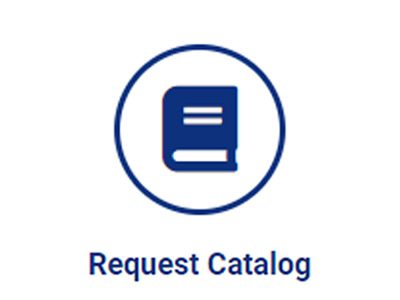DETERMINATION OF CARBONATE CARBON AND DISSOLVE CO2 IN SOLID AND LIQUID SAMPLES
PRINCIPLES OF OPERATION
Samples (solid or liquid) are treated with acid to release CO2. A carbon dioxide-free carrier gas sweeps the evolved CO2 from the heated reaction tube through a reflux condenser and a scrubbing solution and into the CO2 Coulometer. The CO2 Coulometer automatically titrates the evolved CO2.
PROCEDURES
- Assemble and prepare the components for operation as described in the Instruction Manuals.
- Determine the blank and run a standard to confirm proper operation of the complete system.
- Charge the sample tube with a known weight of sample and attach the tube to the apparatus.
Sample size ideally should be selected to contain 1000ug – 3000ug carbon.
NOTE: Solid and viscous liquid samples may either be weighed directly into the sample tubes or weighed into porcelain, platinum, alumina or similar sample containers and then placed in the tube. Water and liquid samples that are handled with a syringe can be directly injected through the septum at the top of the apparatus.
- Allow approximately one (1) minute for the system to purge itself of atmospheric CO2 after attaching the sample tube.
- Move the sample tube into position over the heater, pump acid into the reaction tube and begin the analysis by pressing “Enter” on the CM5017 CO2 Coulometer.
NOTE: When injecting samples, a sample tube with a stopcock can be used. This eliminates the need to open the system between sample runs, thereby eliminating the purge time.
- When all of the CO2 is evolved and titrated, the CM5017 automatically detects the endpoint, ends the analysis and prints the result to the printer and/or diskette.*
RESULTS
When samples contain over 1000ug C, the titration accuracy is better than +/-0.15% relative. Overall accuracy is typically +/-0.3% relative. When sample availability or volume limits the amount of CO2 evolved to small amounts, the accuracy is generally better than 1 ug C. For waters, dissolved CO2 accuracy is better than +/-0.5 ppm C 5 ml samples are used. (Large sample sizes are possible, but sample stability normally limits the accuracy and any benefits from using larger samples.)
Analysis times are typically 5 to 7 minutes. For some samples, such as dolomitic limestones, the reaction time with acid is very slow, thus extending the analysis time. Heating and stirring capabilities are included with the CM5330 Acidification Module to assist in the evolution of carbon dioxide.
A major advantage of the CO2 Coulometer is that the analysis completion can be seen, avoiding low results due to incomplete analysis times or wasted time due to overlay long analysis times. Other advantages include the easy addition or modification of scrubbers, the ability to use different acids and the ease of using wetting/emulsifying agents and indicators in the acid.
ADDITIONAL INFORMATION
Additional details about this method are included in the ASTM D-513 Method G, “Carbon Dioxide CO2 Evolution, Coulometric Titration Method”. The method is under jurisdiction of ASTM committee D19.05 and is available from ASTM.
For additional information about the instrument’s capabilities for specific types of samples, contact the UIC, Inc. Applications Laboratory.





